The caboose move
As I have said before, Washington State’s Auburn Yard and Stampede Pass are my home turf.
On the paternal side of the family my surname goes back to at least 1909 with two great uncles (twin brothers) working as locomotive engineers. My maternal grandfather retired in 1976 after 44 years of service as a clerk with the Northern Pacific and Burlington Northern.
I started working on the switchman’s extra board the morning of Aug. 21, 1978. The sweet spot was to be first out after everyone else on the board was called for that day’s openings. That made it a good bet that the next call from the crew desk would be to work as a brakeman for a road job.
On my very first trip east to Yakima we had something like seven old units, just the normal GP9s and ‘covered wagon’ F units. They sounded sweet heading up the pass — I still think the 567 diesel engine has the best sound of any Electro-Motive engine.
On this trip I had an engineer they called “Super Sid.” As we left Lester eastbound on freight No. 176, Sid said, “Hey kid, come over here a second, I have to go back and look at these units.” He showed me a couple of things to do, and he went out the door. So, there I was, sitting in the engineer’s seat with all these units and a 4,900-ton train crossing the big bridge at milepost 58 and what a view!
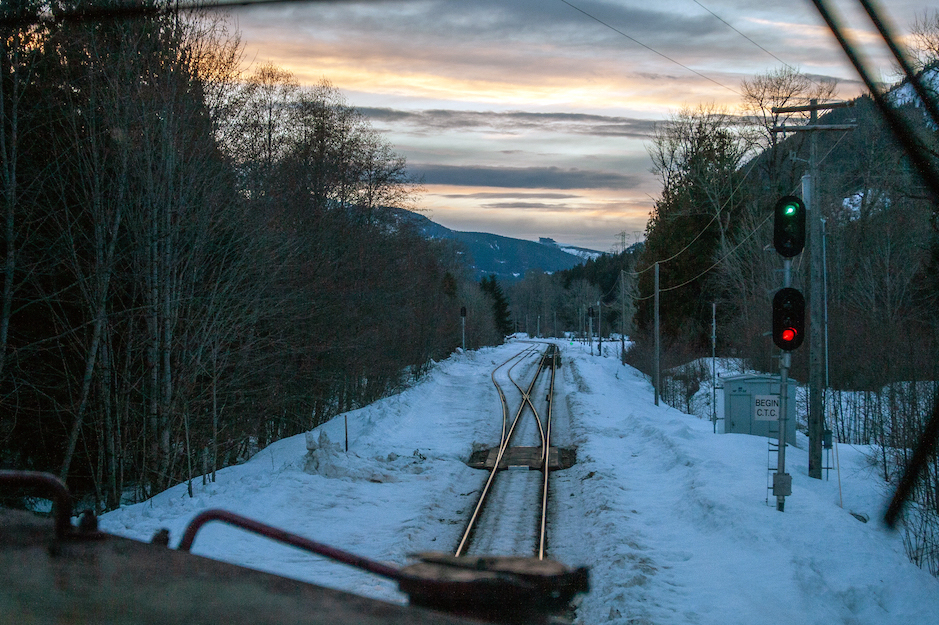
Auburn had a handful of local trains working in the area, but my favorite was a call for the ‘maternal East Chain Gang,’ — a crew pool that worked over Stampede Pass to Yakima, Wash.
The tonnage limit for a single (without helpers) train was 4,900 tons. At the time, we ran two eastbound trains with a third train called most days to take excess tonnage to Cle Elum, Wash., thus known as the “Cle Elum Turn.” This was the prize of the pool.
After setting out the train at Cle Elum you returned to Auburn as a cab hop (locomotives only), thus combining extra miles of pay and your own bed after work. The next eastbound train would stop and pick-up the Cle Elem Turn set-out and continue east to Yakima.
The other prizes of the pool were the loaded grain trains, running west with full tonnage. We would have to set half the train out at Cle Elum or sometimes Easton. These trains required a little ingenuity on our part.
When we reached the east switch at Lester, the head-end crew would stop the train and line the switch into the siding. As this was happening, the caboose crew prepared to cut the caboose off on the fly. With the train stopped, the conductor and rear brakeman closed the angle cocks between the last car and caboose, dumped the air on the caboose, and bled the brakes off.
As the train started into the siding and the caboose got near the east switch, we would pull the pin and stop the caboose before passing over the switch. Then we would line the switch for the main line. The cabooses had two handbrakes, one at each end. With a crewman positioned at each handbrake, we let the gradient roll the caboose down the main line to the west switch. As we neared the west switch, we would slow the caboose so the rear brakeman could drop off at the switch. The caboose would then brake to a complete halt after getting past the west switch. The rear brakeman would line that switch to allow the locomotives out of the siding.
While the head brakeman was tying down the freight cars in the siding using handbrakes, the engineer would ease forward from the siding to grab the caboose standing on the main. We would then start east as a cab hop, picking up the head brakeman on our way by. After getting the second half of the train at Cle Elum or Easton, we would again start up the hill and go over to Lester. At the west switch we would cut the power off and pick up the cars we earlier left on the siding, double the train, and head for Auburn, Wash.
We could make it in just under our 12 hours of duty because we saved a ton of time with our caboose move. I do not recall how fast we rolled that caboose down the main at Lester, I guess 20 or 25 mph. I still wonder what the Lester telegraph operator thought as we sailed by!
>>
Like this column? Don’t forget to check out Mad Dog’s dinner train fiasco.






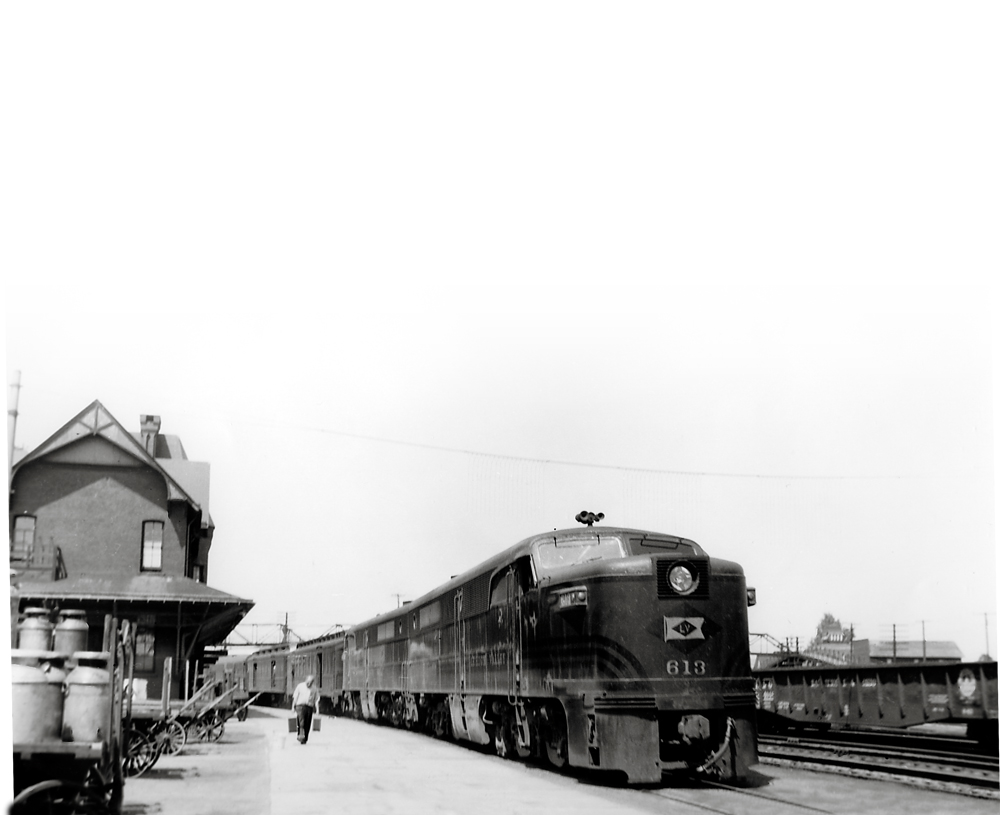
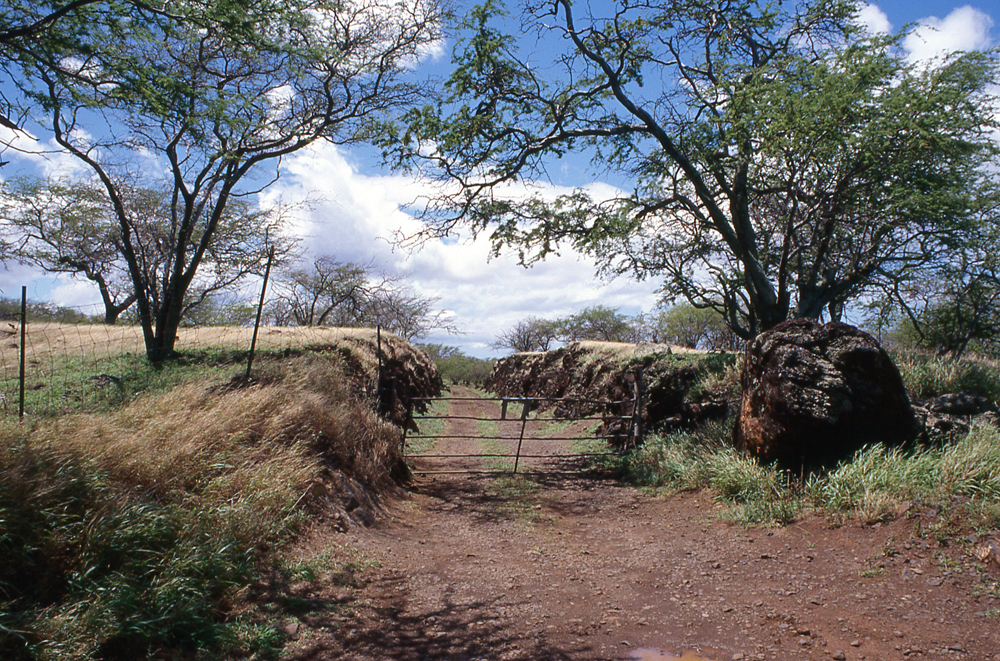
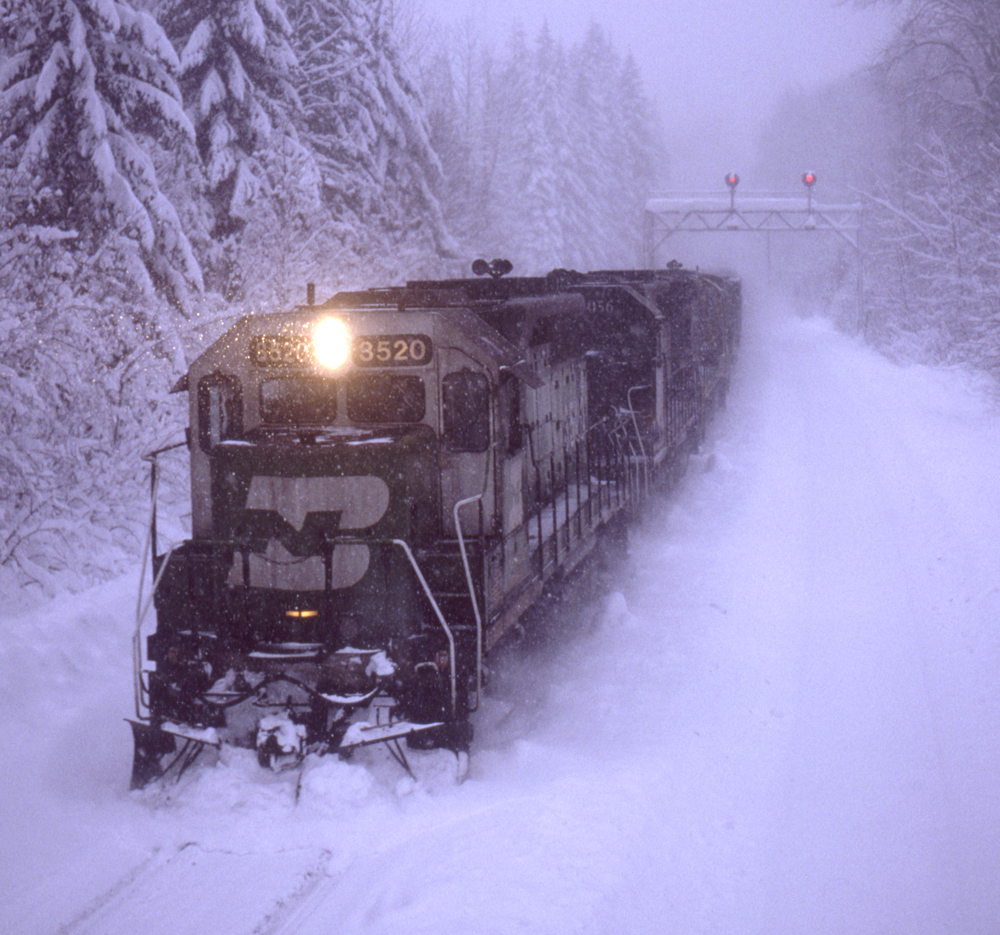
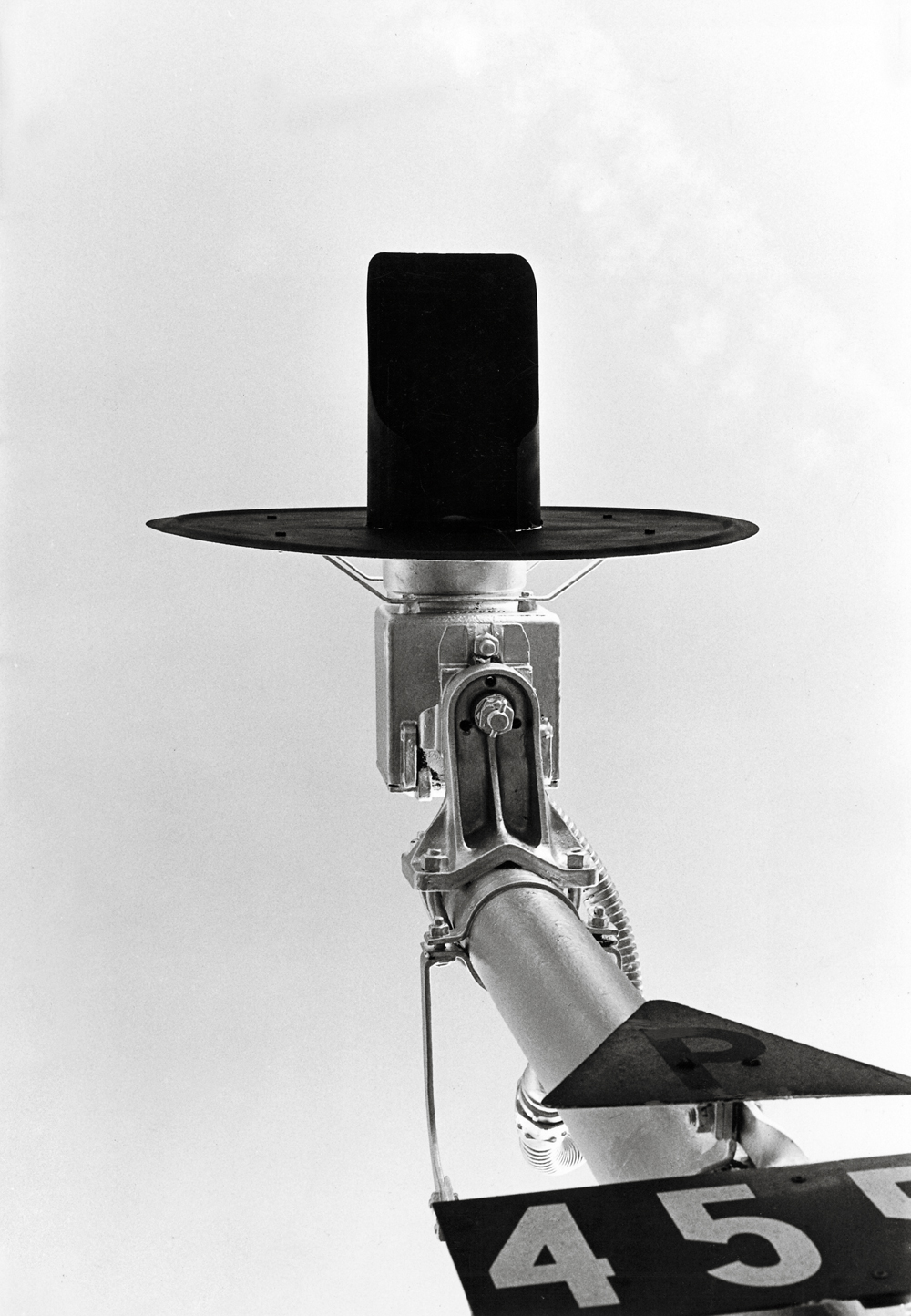




Great